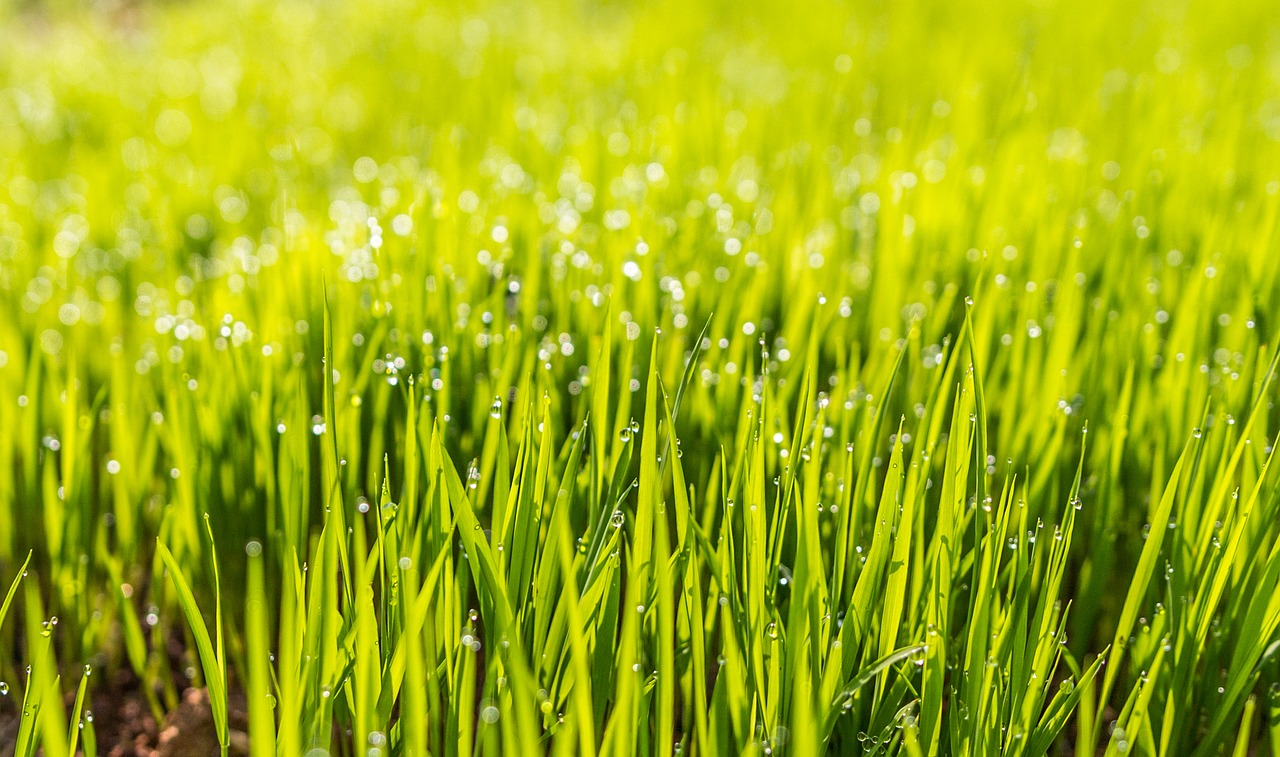How to Improve Lawn Drainage
https://pixabay.com/photos/dew-field-grass-green-hd-wallpaper-1867519/
If you haven’t been paying attention to your lawn, it might be too late to catch minor issues before the damage becomes too extensive and causes flooding.
Standing water can cause soil erosion and permanent damage to your lawn. It’s challenging to mow wet areas and a soggy lawn means everyone can bring the mud in the house.
If the standing water is near your home, it can also cause your basement to leak. To prevent this, here are some ways you can improve your lawn drainage.
Adjusting Downspout
If you have landscaping near your home, it could be one of the reasons why there is a basin for water. Don’t immediately dig a trench. Assess the area first before making a drastic decision.
If the problem is simply due to a downspout draining toward a low area in your lawn, you can quickly remedy this by extending your downspouts.
Creating a Suitable Drainage Plan
If you cannot resolve the flooding, you may want to create a drainage plan. To do this, make a sketch of your property and identify both the low and high spots near the house, driveway, and the street.
Determine the flow of water.
Make sure that you are directing the water toward the road and not on your neighbor’s property. You may want to contact your local council to check the regulations.
Through your sketch, you should be able to see what the best solution is for your standing water problem. If you determine that there is no way to drain the water to a different area, you might be better off building a dry well or a rain garden.
Adding a Rain Garden
If your lawn has a low spot that continually collects and retains water, it would be best to add a rain garden. Rain gardens are areas specifically designed to hold water and contain hydrophilic plants. While it does not really solve your soggy lawn problem, it is way better looking than a muddy hole.
Also, rain gardens are great for the environment since they can lessen pet waste and lawn chemicals. The trick here is to choose the right plants for the soil condition. In general, plants that have fibrous roots like marigold, bamboo, and onion are good choices.
Building an Underground Drainage Pipe
If other options won’t work, an underground drainage pipe could be your solution.
For this method to work, you have to identify an area that is much lower than the inlet. Determine the location of the street sewer. Make sure that the drainage pipe will slope gradually, by at least 5% to 22%.
Dig a sloping trench and add a catch basin to collect water and trap dirt. If you have an existing underground drainage pipe and you need to repair, you can use inflatable pipe plugs to temporarily block the outflow of water while you fix the pipe.
Make sure you have a time-frame for how long you have to fix your pipe. It is better to repair your pipes during summer when there’s no rain. Alternatively, you can check the weather forecast to look ahead for some dry weather.
Installing a French Drain
If you can install a French drain in your lawn, then do so. They are best at dealing with drainage issues since it can disperse water from large spaces via a perforated pipe.
A soggy lawn is not only an eyesore. It can have serious adverse effects, such as flooding in your basement. Identify the source of the problem and address it immediately.
